Understanding Golden Era: Melodies, Movies & Memories
- Dinesh Ghate | Rubina Khan
One fine morning looking at the cover page of the book “Melodies, Movies & Memories”, written by Nalin Shah, the thought of analyzing the content of this book came to my mind. Thought was never to critically review the content of this book but was to understand it. While discussing this book with my colleague Rubina we decided to read it separately to check if this creates a different perception in our mind or not. We could complete only 3 chapters of this and our minds were filled with so much knowledge. While discussing our individual perceptions we realized that it is not just a book that narrates insights of Bollywood but it helps us to visualize the journey of Bollywood over the years.
I and Rubina make an attempt to share with you all what we understand from this book that is “people say anything about Bollywood sells, but how Bollywood itself struggled to become Gold and how one factor called listeners choice again sent us back “In the search of Gold”.
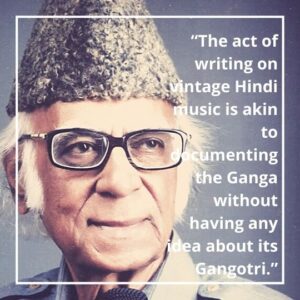 Nalin Shah while growing up in a small village of western Maharastra, in the 1940s developed a very unique passion for Film Music. This passion when converted to the obsession he couldn’t realize but this obsession gave us a very rich content of Bollywood trivia, some rarely known first-hand stories that could make us feel nostalgic every time when we read them. To live up to his passion during school vacations he use to travel to Mumbai and try meeting artists to learn, understand and know more about Music and Urdu Poetry.
Nalin Shah while growing up in a small village of western Maharastra, in the 1940s developed a very unique passion for Film Music. This passion when converted to the obsession he couldn’t realize but this obsession gave us a very rich content of Bollywood trivia, some rarely known first-hand stories that could make us feel nostalgic every time when we read them. To live up to his passion during school vacations he use to travel to Mumbai and try meeting artists to learn, understand and know more about Music and Urdu Poetry.
Nalin Shah’s writing has evidently shown his keen interest in the music of the 1930s and 1940s. While researching on this content he very consciously put light on some of the names of the music industry that were lost somewhere with time. He analyzed photographs of artiste family, people who have spent with them like drivers, friends, daughter, fellow passengers and many more.
If we talk about the changing phases of Hindi film music it has been through variant pathways. There is an ideology set that you write anything about Bollywood it sells because that’s the craze of Bollywood has, source credibility is something that we highly neglect. Such was the case with documentation of Hindi Film Music too. In the chapter “The Alam Era Revisted” Nalin Shah highlights this act with the line “The act of writing on vintage Hindi music is akin to documenting the Ganga without having any idea about its Gangotri.” But also in this time, there were few books which has exceptionally well and credible content written among which the most popular one is “Geet Kosh” a 5-volume book giving the documentation on a single artiste from 1931 to 1980.
From documenting the stories and information in the writing form it was time to move into the audio-visual era. This era moved a step advance so far trivia was given importance but now it’s time to put light on the lives of vintage music composers and singers. The highlight of these programs was Nalin Shah’s command over the subject and the way he narrated each incident. His first-hand experience while interacting with artists played a key role in re-picturizing the golden era.
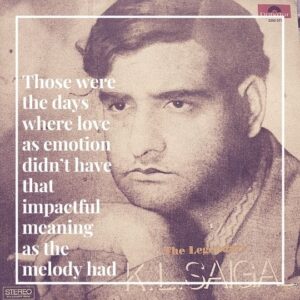
Over the years Film Music went through many phases. Right from creating content out of passion, we reached an era where the content was created to attract potential buyers and listeners should be able to relate themselves with it. For some people, the 1940s has been the golden era wherein for many others retro itself has been the golden era. This will always remain conflicting due to each individual’s liking. People who have followed the post-partition music for them Golden era starts with Lata Mangeshkar and Mukesh. Also, for them, actor Dilip Kumar Singing on the Piano ‘Tu kahe agar jeevan bhar main geet sunata jaaoon’, ‘Jhoom jhoom ke naacho aaj’ gave him a romantic image. Those were the days where love as emotion didn’t have that impactful meaning as the melody had. The song from Barsat’1949 ‘Jiya beqaraar hai, ‘Barsat mein humse mile tum’ respectively penned by Hasrat Jaipuri and Shailendra stirred the imagination of young listeners. People have memories of the listening song on Radio as in the book its narrated that “The memories of sitting in a crowd, surrounding the only radio in the village ecstatically listening to ‘Aayega aanewala’ Mahal’ 1949 is still fresh in my mind and also the excitement of hearing my first farmaish of the song ‘Badi bhool hui tujhe pyar kiya’ Magroor’ 1950 on the radio”.
If we go a little back Nalin Shah’s Audio-visual representation of KL Saigal has made people know who he was, his work, his life, and moreover he is an excellent human being. For listeners who knew melody is equal to Mukesh and Rafi Sahab for them KL Saigal was from a different generation only. But as we delve deeper to find out what was so unique about KL Saigal, Mukesh Rafi Sahab, Lata Mangeshkar, or a singer from 2010 another question arises, who is gold here?
Each era has its unique content quality, they all have their own style of presenting a song. If we consider the early years of Bollywood lyricists, music composers, the singer had their one unique quality which would set them apart from others and that becomes their identity too. The identity of that era has become the inspiration of today’s era hence we see remixes coming so often. We won’t refrain from the 21st century has seen the most remixes than what the 20th century has seen as pop music culture.
So, should we call early Bollywood a golden era, the mid-era, or the present era? The truth is the answer will vary according to the listener’s choices. The way for some melody of a song plays major role similarly for some the lyrics plays the key role wherein for many singers and music composer name itself is the key to their listenership. So, it’s not the marketing strategy that can say this is golden or not. In the end, it’s the listener who will say what’s golden for them and this search for Gold is never-ending. But yes, looking at Bollywood’s changing phases from analog to the digital era we can clearly say the music works when the listeners chose to listen.
This instance from the book clearly shows how music changed from era to era but yet it sustained in the market. It states that “Music of the 1940’s more enchanting than anything heard before or after. If I hear anything today that fascinates me (as in Parineeta’2005), I instinctively know that its roots are deeper. It is a clever rehash of something that was done in the past. Still, it makes listening to a pleasant experience compared to the trash passing off as music. After all, the show must go on.”


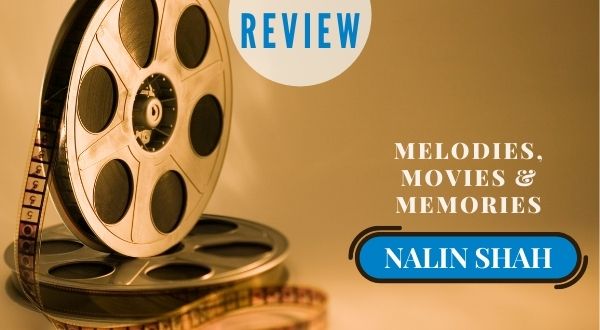

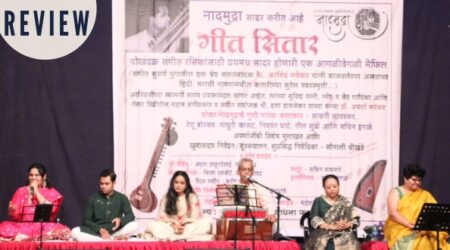
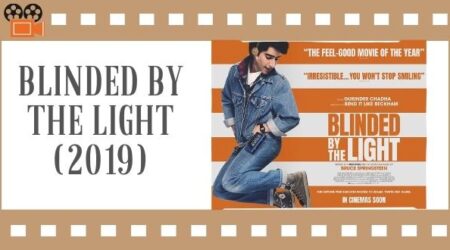
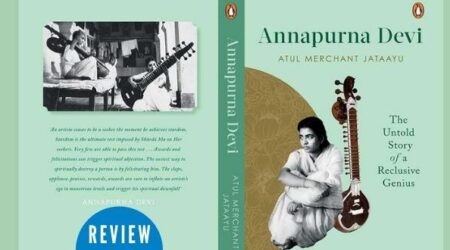
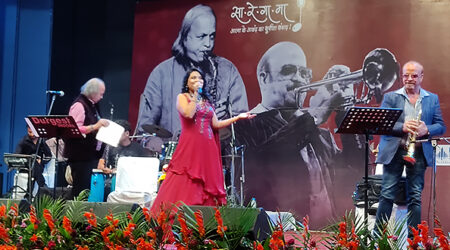
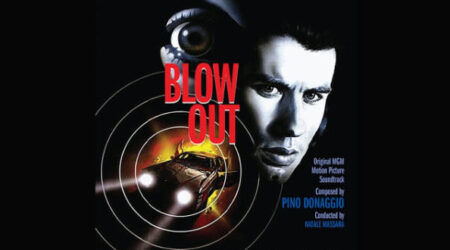
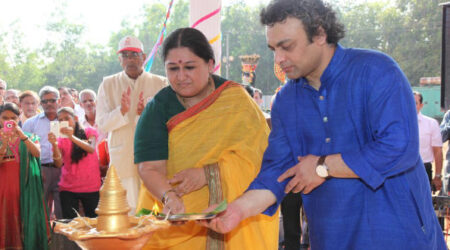
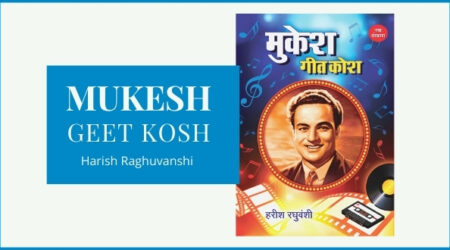



Comments (2)
nice postU
Red this book, best book